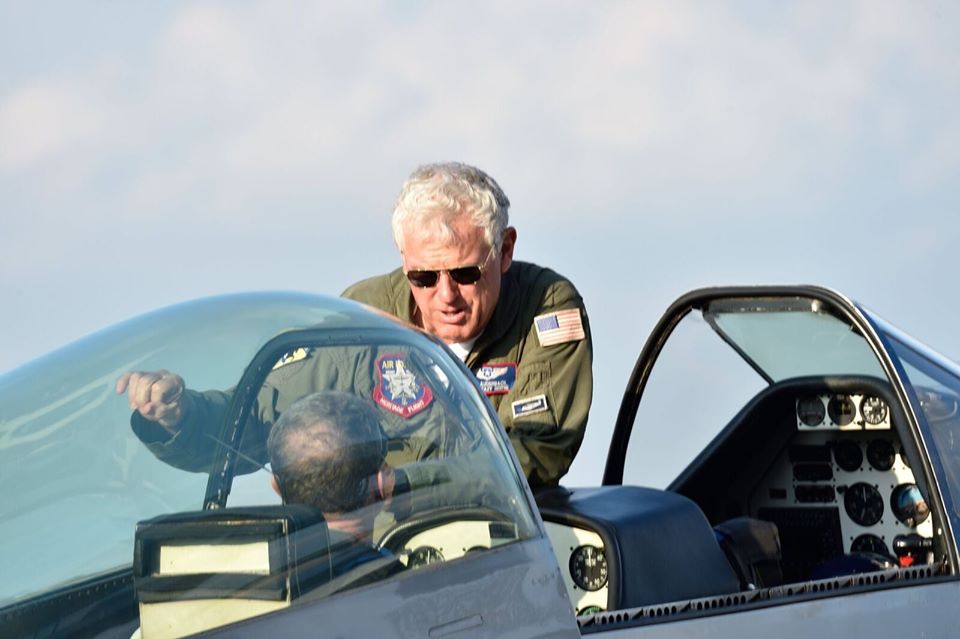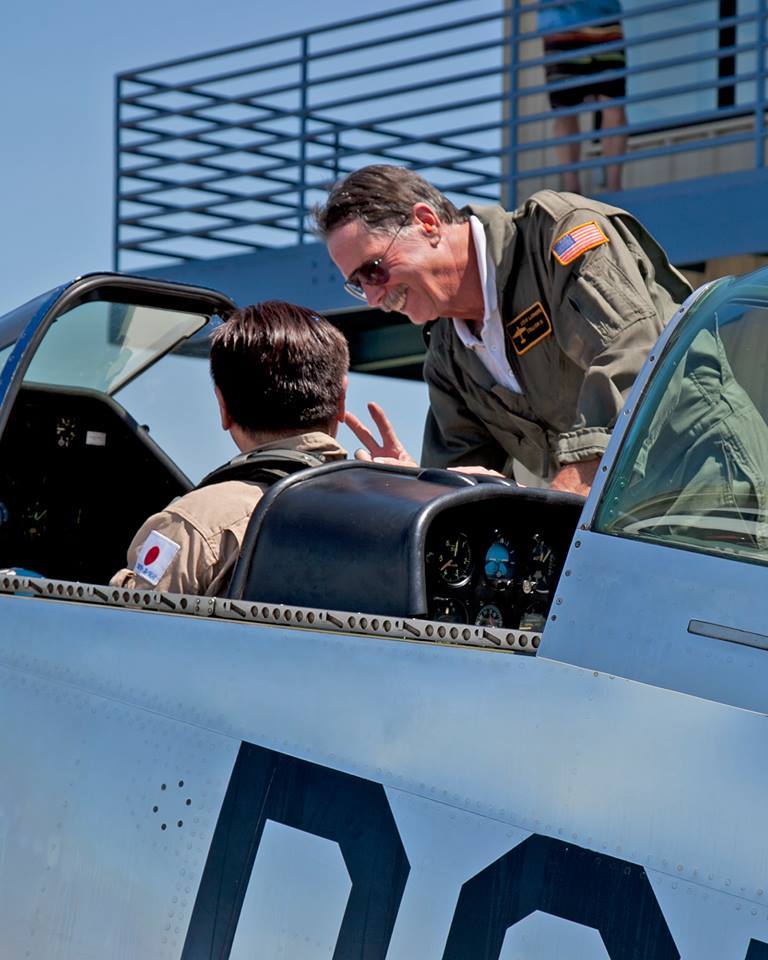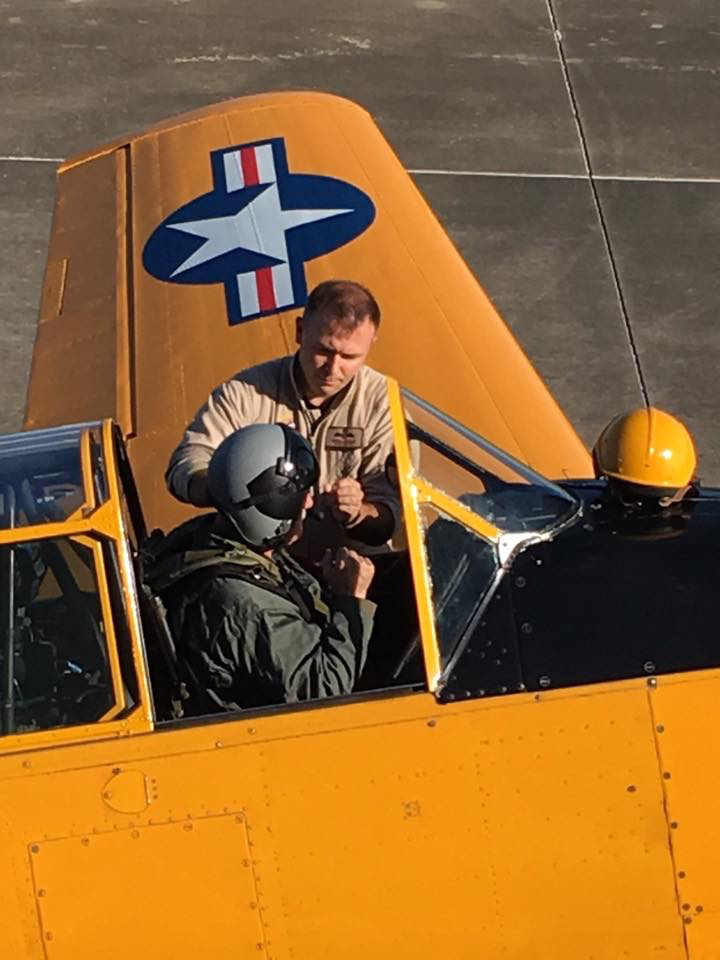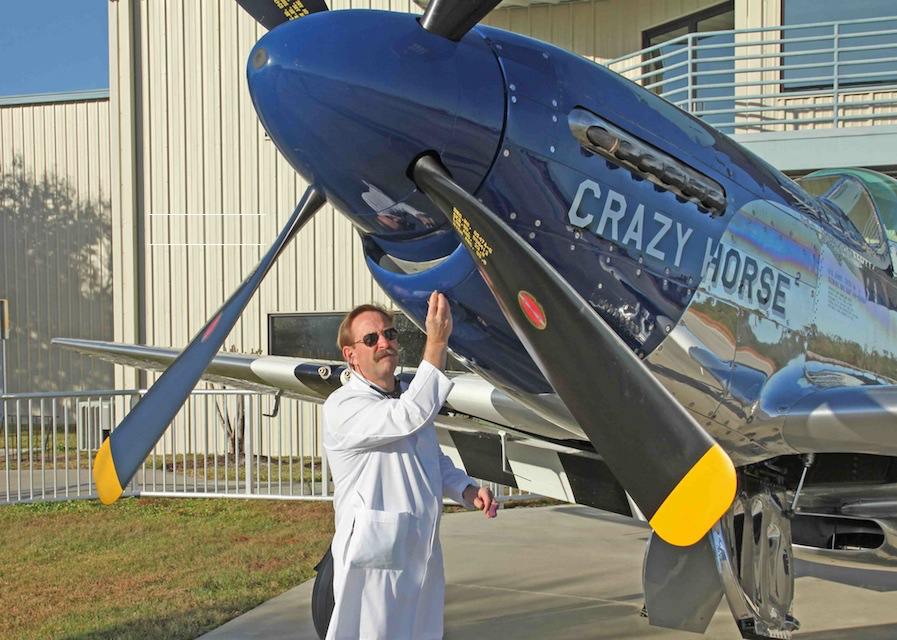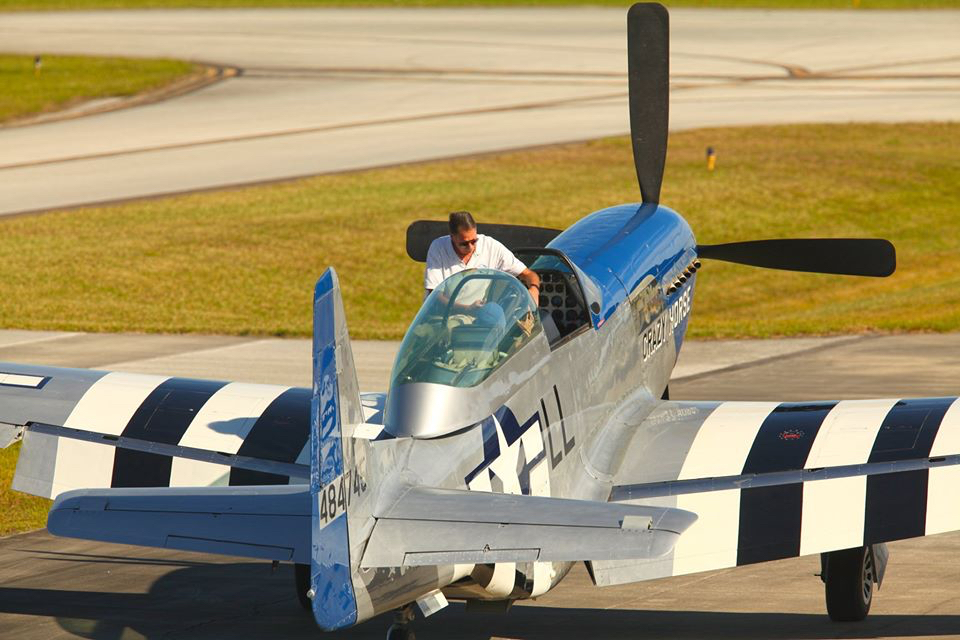Tips to ensure you are ready to safely fly again
By KT Budde-Jones
Normally, by this time of year most pilots and their aircraft have shaken off the cobwebs of winter and are back flying again.
Of course, we know there has been nothing normal about this year.
Even without the disruptions caused by the COVID-19 pandemic, many pilots – especially those up north – find it hard to fly in the winter. But now, as some shelter in place restrictions lift and the weather gets better, it’s time to get back in the saddle again.
But don’t just jump into your airplane and go fly.
Before getting back in the cockpit after an aviation hiatus — no matter how long — we need a mental and virtual flight review. Go over your checklists, remind yourself of V-speeds and power settings, review emergency procedures, and picture yourself going through the various scenarios on what you should do.

Check your aircraft for leaks and loose hoses and fittings. Your aircraft may be dusty and dirty from sitting during these months of social distancing. Now is the time to give her some TLC with a thorough cleaning, looking for what is loose and what is leaking. It’s time to get back in sync with each other.
Then check yourself to ensure you are physically and mentally ready to get back in the cockpit.
These past months of stress and possible illness have taken a toll on our physical and mental health. We have been absorbed by worrying about our loved ones, our finances, and what the future is going to be like when this is over.
Take a mental inventory on how you feel and ask whether you are fit to fly. We have all spent a fair amount of time couch surfing accompanied by power snacking. Maybe not just a flight review, but also a life review is in order.
Some Tips to Keep Current
Stallion 51 founder Lee Lauderback, the highest time Mustang pilot in the world, advises to start with a virtual flight.
“You can fly 85% of the flight on the ground reviewing all your check lists before going to the hangar,“ he notes.
“You can perform a virtual preflight. Mentally go over every step of the flight: Taxi, run up, takeoff, climb out, maneuvers to practice, stalls, entering the pattern, landing and taxi back. Mentally run through your checklists, power settings, V speeds, emergency procedures and frequencies,” he continues.

He also recommends you make an Emergency of the Day list that you mentally or physically go through each time you fly, as well as in between flights.
“What do you do in the event of a bird strike, an engine failure, oil leak, lack of fuel pressure, flat tire, etc.,” he suggests.
Spend Quality Time with Your Plane
Perform a pre-flight walk around even when you aren’t going to fly, checking for oil leaks, loose fittings, working rivets, hoses that need to be replaced, etc., he says.
“The act of cleaning off the grease and grime helps you focus on not only the condition of the aircraft, but gets you in tune with the aircraft and your head back in the game of flying,” he says.
“When it is time to fly, select a time you can mentally wrap your head around the flight without mental distractions,” he continues. “The idea of a ‘sterile cockpit’ occurs before you get in the plane.”
Before you pull your plane out of the hangar, “go through that virtual preflight you have been practicing at home between flights, check the frequencies that you will be using, and look up NOTAMS,” he suggests. “After your flight, debrief yourself — what went right, what you need to work on, and start making a plan for your next flight.”

John “Homer” Black, a Stallion 51 instructor pilot, airshow performer, and a former USAF F-15 pilot, shares that his main concern isn’t basic stick and rudder skills.
“A not so good landing is not that big of a deal, but landing with the gear up is,” he says.
He notes that the three big things pilots should think about before getting back into the cockpit are:
- Normal procedures,
- Avionics use, especially if you are flying with a modern glass cockpit, and
- Emergency procedures.
“Chair flying is the answer to preparation,” he says.
“I first heard the term chair flying when I entered USAF pilot training. It basically means sitting down — in a simulator, the actual cockpit, or just close your eyes and picture it — and running through all the steps,” he advises. “Normal procedures from pre-engine start to post engine shutdown, avionics, and emergency procedures.”
Don’t Forget Your Own Preflight
Before you climb back into the cockpit, make sure you are physically and mentally ready, adds Dr. William Busch, AvDoc51’s senior Aviation Medical Examiner (AME).
“Get ready for each day like you need to pass your FAA physical soon: Eat right, exercise, drink water, chill out,” he begins. “Don’t wait until the week before your physical to cut back on all the bad habits you have allowed yourself. It’s not like college where you can pull an all nighter to study for a test or make up all the assignments you have not done.
“Staying healthy is an everyday long-term commitment and some days are easier and more successful than others,” he continues.

Preventive maintenance is not just for your airplane, he adds.
“Check in with your primary physician once a year to see how you are doing before you have a problem,” he advises. “To stay in the cockpit you need to stay healthy.”
So, get your game face on, get in the cockpit, and enjoy the privilege of flying. We are all ready to be PICs again, both in the plane and in our lives.
Based at Kissimmee Gateway Airport (KISM) in Florida, Stallion 51 offers flight training and orientation flights in the P-51 Mustang and T-6 Texan.
https://generalaviationnews.acemlna.com/lt.php?s=7182072681820a88f1d7b75d443c75da&i=889A3455A1A34712

